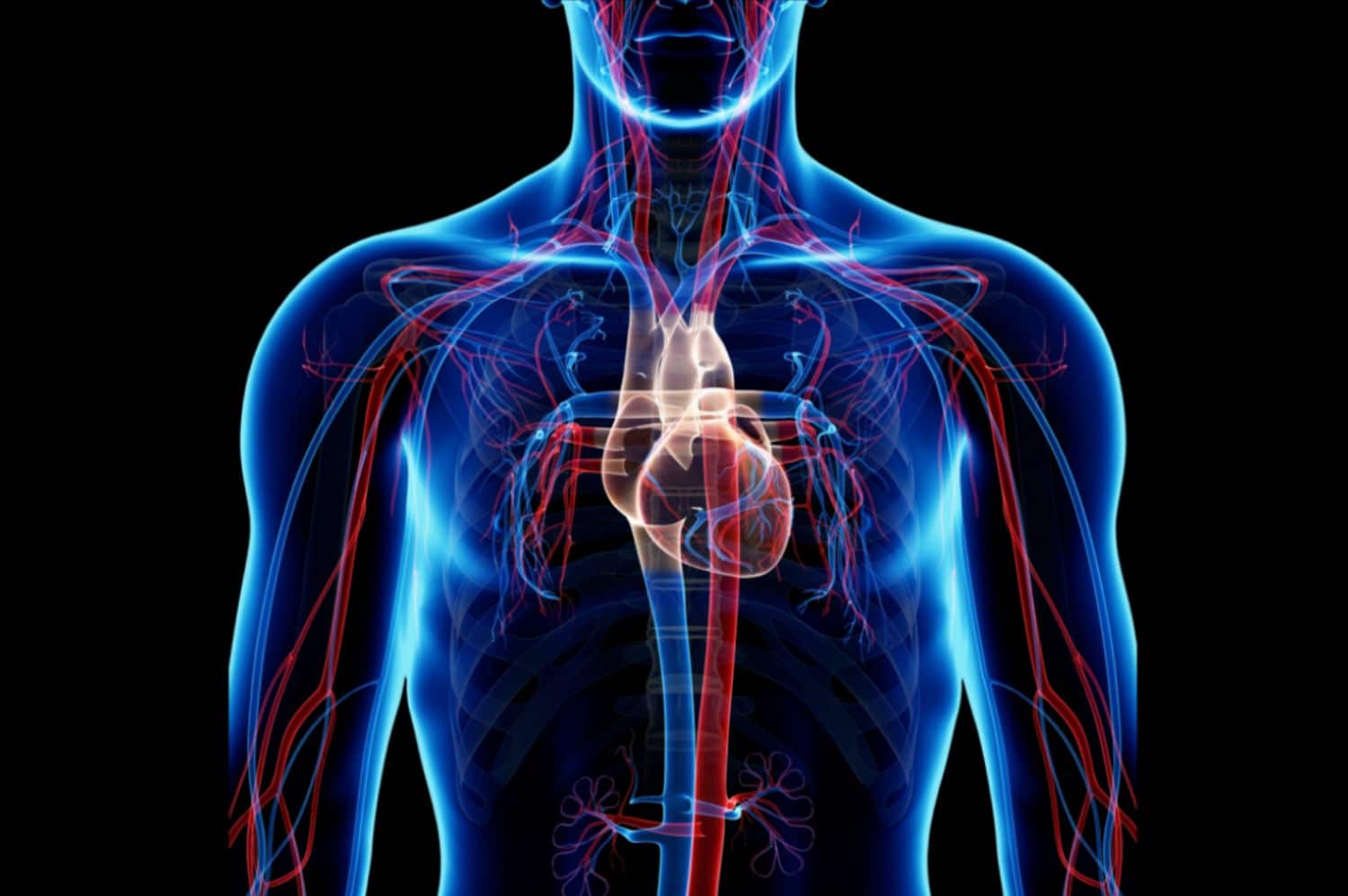A stem cell is a undifferentiated cell that has the ability of transforming into other types cell in the body. Under suitable conditions, stem cell can either self-renew and give rise to undifferentiated daughter cells or transform in specialized tissue cells such as blood cells, bone cell, heart cells, skin cell, brain cells, lung cells, etc. As long as a stem cell in the bone marrow remains an undifferentiated stem cell it is immortal. When a stem cell reaches a tissue and begins the process of proliferation and differentiation, it loses telomerase and is no longer immortal. Therefore the bone marrow is in the body the reservoir of master cells responsible for repairing and renewing the organs and tissues of the body.
Stem cells research is probably one of the most prolific field of research in medicine, with tens of thousands of studies carried every year worldwide. Ultimately, the aim of all these studies is to find ways of treating or mitigating degenerative human diseases.
Current use or research modalities:
- Drug development: The testing of new drugs must always be done on animals first and then adapted to humans. Oftentimes safety and efficacy in animals are not quite the same in humans. Using stem cells, especially Embryonic Stem Sells (ESC) and/or induced Pluripotent Stem Cells (iPSC), it is possible to develop human tissue cells, offering the possibility of testing new drugs on human tissue, saving enormous cost and time.
- Transplanting tissues: Since stem cells have the ability of becoming virtually any kind of cell of the body, the possibility exists that one day science will be able to regrow organs that can be transplanted into humans. This is an emerging field referred to as Tissue Engineering. Already scientist have developed scaffolds in which stem cells are seeded to form new tissue such as cartilage, airways, bladder, and even kidney, pancreas and heart. Although still not ready for clinical use, this is a very promising field of research.
- Disease formation: the ability of developing human cells and human tissues also gives the ability of studying in vitro the formation of diseases.
The genesis of stem cell
Although the picture can rapidly become more complex, there are essentially 3 types of stem cell:
Embryonic Stem Cells (ESC): These are found in the 8-10 days old embryo. Destined to form an entire organism, ESC can multiply endlessly and turn into any type of cell in the body. While ESC are considered to be the most versatile and potent type of stem cell, they carry a high risk of developing tumors and are therefore not used clinically. Their main use is for drug development.
Adult Stem Cells (ASC): They are present in the body after birth. While residing primarily in the bone marrow, they also exist in virtually every tissue of the body in the form of progenitor and tissue-committed resident stem cells. While more limited in their proliferation potential, ASC can transform into cells of virtually any tissue of the body. Given their high level of safety compared to ESC, they are the main type of stem cells used clinically. ASC currently utilized for clinical treatments are derived mainly from the blood, fat tissue, bone marrow and dental pulp.
Induced Pluripotent Stem Cells (iPSC): The DNA of any cell of the body is identical to the DNA found in the ESC that were present a few days after conception. The genes encoding for “stemness” simply become silent as an individual matures. iPSC are produced by using a somatic cell and activating the genes encoding for “stemness”, turning back the clock and transforming this cell into an embryonic-like stem cell. The main use of iPSC is drug development and tissue engineering.
Perinatal stem cells: Stem cells are present in the amniotic fluid and umbilical cord blood. These cells are technically considered ASC. Wide networks of collection and storage have been developed, and these stem cells are extensively used for various treatments.
Issues regarding embryonic stem cells
There are two issues that have hindered and largely prevented the use of ESC for research and treatments. The first issue is the ethical question of technically destroying a human embryo for the purpose of research or therapeutic treatment. Christians believe that ensoulment occurs at the time of conception, therefore as stated by Pope John Paul II, “A free and virtuous society must reject practices that devalue and violate human life at any stage from conception to natural death.” ESC used for research come from in vitro fertilization and even though they are destinated to be destroyed anyway, this ethical view has largely prevented the use of ESC in research and therapies.
The second issue is the fact that ESC carry a significant probability of tumor formation. Unlike ASC that will only differentiate into cells of the tissue in which they find themselves, ESC can at all times differentiate into various types of cells and oftentimes lead to the formation of teratomas.
Stem cell therapy – Saving Lives
Stem cell therapy refers to the use of stem cells or their derivatives for the regeneration of diseased or damaged tissue. While Tissue Engineering holds a lot of promise for cases of organ failure in which the only solution is organ transplant, currently the most common therapeutic use of stem cells is the injection of ASC isolated from one’s own fat tissue or from umbilical cords. Fifteen years ago techniques were developed and used to multiply ASC in vitro, promote their differentiation into a specific type of cells, and inject them into specific tissues like the heart. Now it is increasingly recognized that stem cells will 1) multiply in the body just like in the test tube, so no need to amplify them in vitro, 2) differentiate into the cell type of the tissue in which they find themselves, so no need to promote their into one specific type of cells, and 3) find their way to the damaged tissue, so they can be simply injected in the bloodstream.
Endogenous Stem Cell Mobilization (ESCM) is another novel and promising method of tapping into the potential of ASC. In essence, the outcome of a stem cell injection is an increase in the number of circulating stem cells. ESCM consists in stimulating stem cell mobilization from the bone marrow, which is a natural phenomenon, thereby increasing the number of circulating stem cells by the release of one’s own stem cells. Significant benefits in cases heart disease, Parkinson’s, diabetes, spinal cord injury, stroke, and other degenerative diseases have been reported.
Tissue specific stem cells can also be used for the treatment of specific problems like corneal burn. By using corneal stem cells remaining on the edge of the cornea, even after severe burn, it is possible to completely regenerate the cornea and give back sight to individuals who had been technically blind for years.
iPSC are increasingly used for drug development using human cells and tissues developed in the lab, saving precious time in the development of potential life-saving remedies.
One of the most active field in Tissue Engineering is the development of new skin for the treatment of severe burns. It is possible to generate thin layers of one’s own skin on a scaffold, which can then be integrated to the damaged area, accelerating wound closure and reducing scar formation.
While much research remains to be done and many might consider the use of ASC as the medicine of the future, tapping into the regenerative potential ASC is very much already a medicine of today.


